Turmeric Companion Plants: 9 Plants to Boost Growth! [2023]
So you’ve recently started growing turmeric in your garden and are wondering what are some of the best turmeric companion plants out there to help your plant thrive and maximize your yield?
Guess what, you’ve come to the right place!
Turmeric has an insane amount of benefits and instead of buying turmeric off the shelves, I’ve recently decided to grow my own turmeric!
And I’m here to share with you some of my learnings from planting turmeric including how to plant turmeric and the best companion plants for turmeric, as well as which companion plants are huge no-nos for turmeric plants.
But before I go into the nitty-gritty, here’s a quick look at the nine best turmeric companion plants you should definitely include in your turmeric planting:
1. Lemongrass
2. Bananas
3. Chili Peppers
4. Cilantro
5. Ginger
6. Beans
7. Fruit trees
8. Hibiscus
9. Leafy Greens

Affiliate Link Disclosure
Some of the links here are affiliate links, and I may earn if you click on them, AT NO EXTRA cost to you. I hope you find the information here helpful! Thanks!
Related Posts
- 23 Companion Plants For Thyme To Help It THRIVE! [2023]
- 27 Companion Plants For Mint To Thrive (And Avoid!)
- Companion Plants For Leeks: 17 Plants That Will Boost Growth
9 Best Turmeric Companion Plants
If you’re in two minds about turmeric planting, you’d be glad to know that not only does the turmeric plant have a ton of health benefits, but it is also a perennial crop.
This means that it can regrow after being harvested, without the need for replanting.
But besides growing turmeric, you might want to also stretch those green fingers and grow some turmeric companion plants to provide your turmeric plant with benefits.
These benefits include shade, support, repelling pests, attracting insects that are beneficial, and also providing nutrients.
I’ve done the digging for you and here at the 9 best turmeric companion plants you should consider:
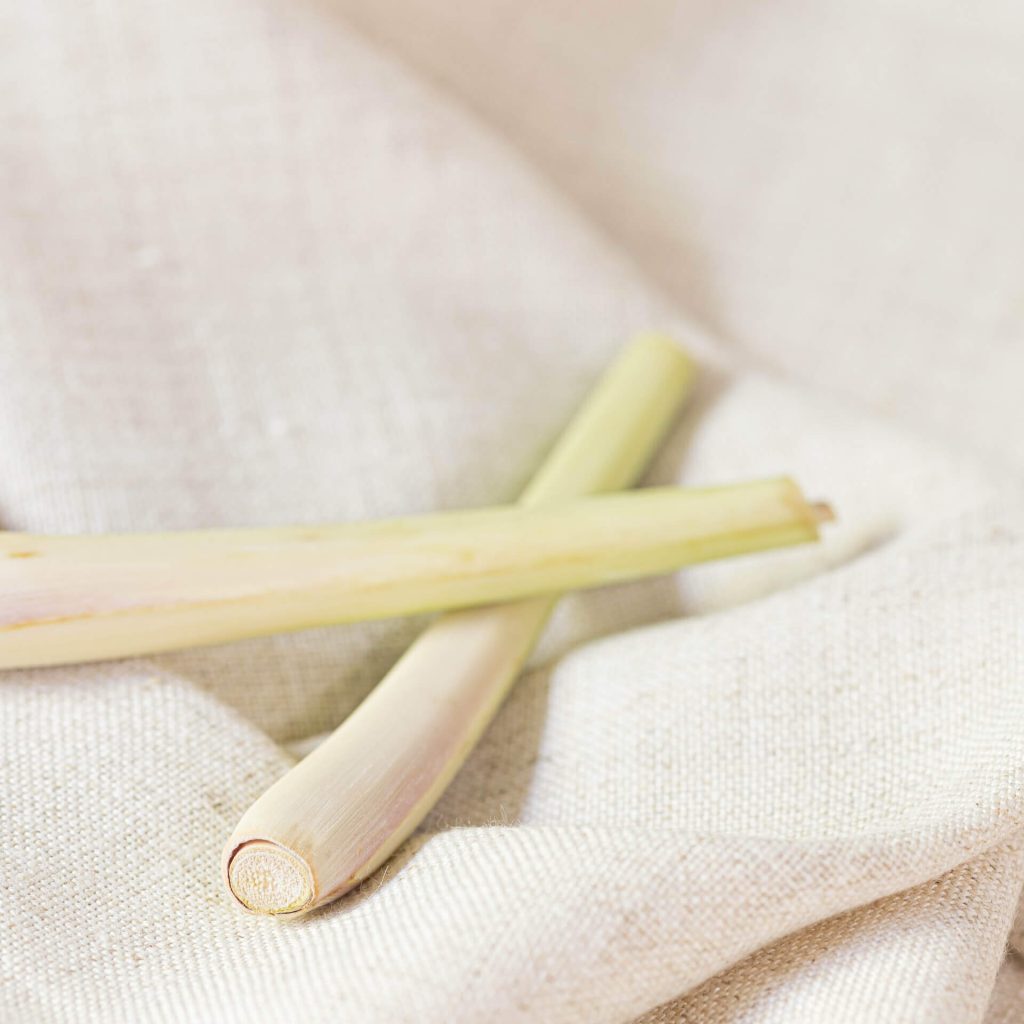
1. Lemongrass
You probably would have come across lemongrass when having Asian dishes or soups and seafood mains. Lemongrass not only makes for an excellent herb for cooking but it is also an all-natural mosquito repellent that would make your entire herb garden smell so fragrant.
Lemongrass is a good plant to consider for companion planting with turmeric as it has similar requirements to a turmeric plant, is easy to grow, and is undemanding.
Because it is a natural mosquito repellent, you needn’t worry about pesky mozzies, or any other pests for that matter, as its pungent oil deters them all.
In fact, companion planting benefits aside, lemongrass and turmeric complement each other perfectly on the plate and you’d do well to have both growing side by side to add some pizzaz to your cooking.
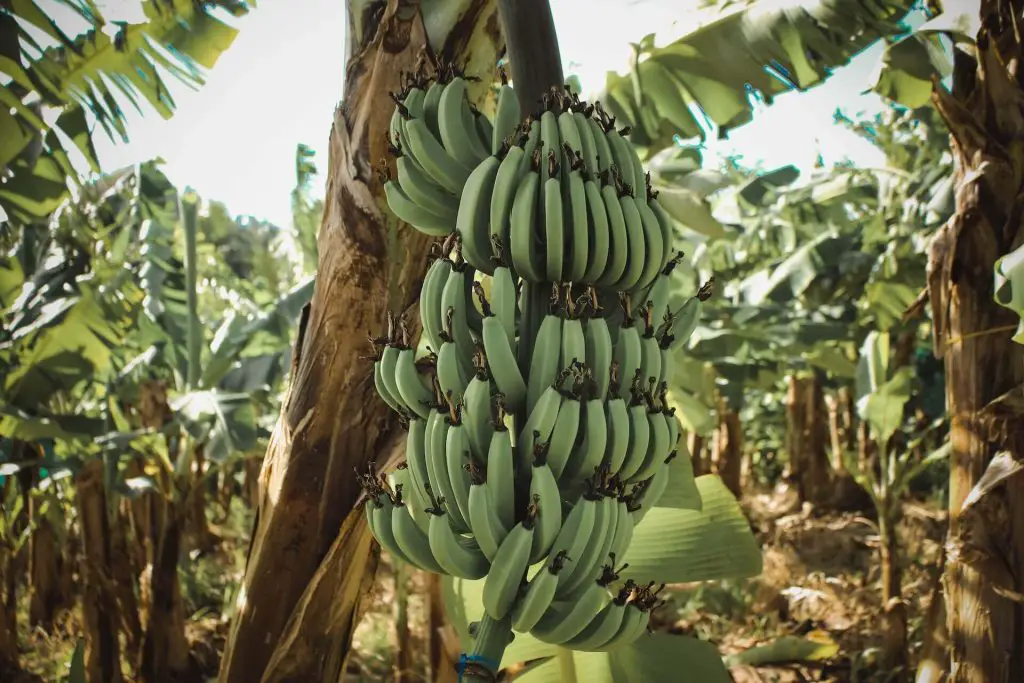
2. Bananas
Fun fact: bananas are considered more of a herb as they produce fruit in roughly nine months, which is significantly shorter than other types of fruits.
When growing bananas as a companion plant for turmeric, your turmeric will receive shade from the bananas’ large leaves.
The good thing about planting turmeric alongside bananas is also that turmeric can help repel pests that might otherwise want to feast on the fleshy, ripe fruits of the banana plant.

3. Chili Peppers
Chilli peppers make for a good companion plant to turmeric because they can grow to about 5 to 12 feet and is helpful in providing provide turmeric plants with the partial shade it needs to grow well.
Do take note that while a turmeric plant requires well-drained soil, chili peppers prefer moist soil – so you’ll need to ensure both conditions are met should you decide to grow chili peppers alongside your turmeric plant.

4. Cilantro
If you’re looking for a companion plant that grows fast and is easy to handle and harvest, then cilantro would be your best bet.
Because of its ability to attract beneficial insects and provide shade, it is one of the best companion plants out there, including turmeric.

5. Ginger
One of the top turmeric companion plants is ginger. Both plants are similar in that they have underground roots and share similar growth requirements.
As a gardener, the last thing you’d want is for your companion plants to have differing or opposing requirements.
Both ginger and turmeric plants enjoy the shade, but turmeric plants have heavier-shaped leaf whereas ginger plant has more delicate leaves. Both plants also thrive in well-drained soil that is moist, but not wet.
Lastly, because both plants have similar growth seasons, it also means they can be harvested at the same time, making them excellent companion plants!
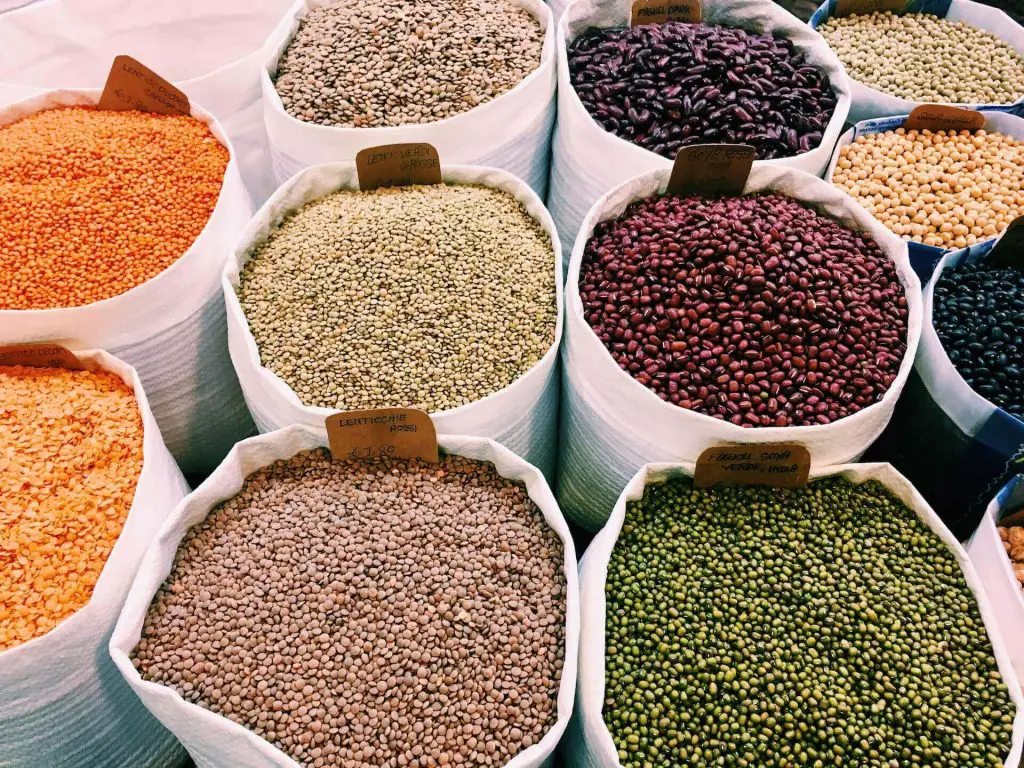
6. Beans
Beans, and legumes in general, make for excellent turmeric companion plants as they help bring up nitrogen levels in the soil, providing essential nutrients to the plants they grow alongside.
While beans would be good companion plants for most plant types, there are a few plant types that are huge no-nos to plant alongside beans. These are plants in the onion family including chives, garlic, leek, and onion.

7. Fruit Trees
In general, fruit trees make for excellent companion plants to turmeric as they come with wide branches that provide the partial shade that turmeric requires to grow well. Some potential fruits you could consider include apple, cherry, lemon, and fig trees.
Because of its pungent smell, turmeric also acts as an insect repellent, scaring away pests from your juicy, sweet fruits of labor, so you’d do well to plant fruit trees along with turmeric to maximize this mutually-beneficial relationship.

8. Hibiscus
Adding Hibiscus as one of the companion plants for turmeric is beneficial as apart from providing shade to its neighbors, the plant is a great medicinal supplement. Not only for turmeric but also for many other plants.
One fun fact about Hibiscus is that its shrubs attract a wide range of butterflies and its colorful flowers will surely add vibrance to your garden.

9. Leafy Greens
Probably just about the easiest and most companion plant to grow, leafy greens may be common and popular but they are also a haven for pests with their fresh leaves.
When you plant turmeric alongside leafy greens, not only will the leafy greens provide your root plant with shade, but they will also help to enrich the soil with nutrients necessary for the turmeric’s healthy growth!
Lettuce, kale, and spinach are just some of the popular varieties as companions when planting turmeric.
Benefits of Companion Planting
If you’re thinking of having turmeric companion plants, then you really shouldn’t be hesitating any further because companion planting brings about many benefits:
- It saves space in your garden
- It deters pests from your plants
- By planting mutually-beneficial companion plants, you can also attract pollinators for your main plant and beneficial insects
- It provides shade for your plant and the soil to prevent it from drying up excessively under hot weather
- It takes away the need for support as some companion plants can serve as living trellises
- It reduces the chance of a disease outbreak happening to your plants as the variety would slow down the spread should a disease occur
- By giving the space to a companion plant, it keeps weeds away
- Having more plants also helps hold the soil together, keeping it moist and preventing soil erosion.
How To Plant Turmeric
If you’re wondering how is turmeric grown, then I’m here to provide you with a fuss-free guide to planting your very first turmeric plant!
Here are seven simple steps on how to plant turmeric:
1. Get fresh rhizomes, a fleshy-root structure from which turmeric is grown, from your local grocery store or online sellers. Make sure you choose a rhizome that is plump and has many buds which appear as bumps.
2. Prepare a 3-inch pot with good-quality potting soil. You can use bigger containers, but starting off small would be more manageable and you can always move them to a bigger one once your plant has grown.
3. Cut the rhizome up into sections, ensuring that there are at least three buds on each cut section. Thereafter, place the rhizome onto the moist potting soil and cover it with even more soil.
4. Once that is done, you should ensure the soil is watered well before bagging the pot into a clear plastic bag. Place the bagged pots in a warm environment optimal for growth, at about 86 to 95°F. Any lower and the plant may rot instead.
5. Once the plants sprout, move them to where there is more light, like a windowsill, and remove the plastic once the turmeric plant outgrows the bag. Ensure the plant receives partial shade so as to protect its initial delicate leaves.
6. In terms of growing turmeric plants, you should only water the plant when needed. The soil should be kept moist, not too wet. You can also use fertilizers suitable for root plants for your turmeric.
7. Lastly, harvest time! You should be able to harvest your turmeric once its leaves and stems turn brown and look dry. This should be about 7 to 10 months after you first plant it.
Benefits Of Turmeric Planting
Turmeric has been growing in popularity as a herb and as a health supplement in recent years because of its anti-inflammatory benefits, as well as the benefits it provides to one’s garden when grown as a companion plant.
If you’re unconvinced, here are some benefits of turmeric planting:
- It is a natural pest repellent due to its strong, pungent odor, getting rid of pests like ants and bugs
- It has anti-inflammatory properties so it is not only beneficial for humans but can also help heal damaged plants
- Its role as a rooting agent can help speed up root growth for other plants
Growing Tips For Turmeric
Growing your first turmeric plant can be intimidating, but it doesn’t have to be!
If you’re on the lookout for growing tips for turmeric, here are some quick tips for growing your plant well:
- Provide well-drained soil for your plant as turmeric plants do not thrive in waterlogged conditions
- Ensure the environment is frost-free
- Make sure there is about 1000 to 2000mm of annual rainfall watering your plant, if not put in place supplementary irrigation options
- Provide partial or light shade for your plant to ensure optimal growth and yield
How To Harvest Turmeric
Harvesting turmeric typically takes place about 7 to 10 months after you first plant your rhizome in the soil. You’ll also notice the leaves and the stem of your plant turning dry and looking brown.
You’ll want to make sure you harvest them at the right time because if you do so too early, they won’t be fleshy and big. But if you do so too late, they risk becoming too woody and fibrous.
Remove the plant from the soil and shake off all of the excess soil. Thereafter, cut off the leaves and fibrous roots and wash your freshly-grown plump tubers with water.
Once you’ve harvested them, ensure you use your turmeric within a few weeks as they don’t keep well after being harvested.
If you’re not able to use them so soon, either freeze them, dehydrate them or turn them into a powder to keep them for longer.
What Not To Grow With Turmeric
While turmeric goes well with most plants and most of them serve as good companion plants, there are some big no-nos that you should never plant with turmeric.
Plants like walnuts and pecans should be avoided at all costs as they produce juglone when growing, which is harmful and may inhibit the growth of your turmeric plant.
Invasive herbaceous plants like mint should also not be grown with turmeric as they would compete with turmeric when growing.
Corn has also been shown to reduce the yield of turmeric when grown together as a companion plant.
FAQs On Turmeric Companion Plants
What Grows Well With Turmeric?
So, what grows well with turmeric? Apples, apricots, beans, cherries, cilantro, figs, ginger, lemongrass, peaches, pears, pears, peppers, and plums are some of the companion plants that grow well with turmeric.
However, do try to avoid planting tomatoes, goji berries, and eggplant with turmeric.
Can Ginger And Turmeric Be Grown Together?
Wondering can ginger and turmeric be grown together? Absolutely, ginger and turmeric can be grown together easily as they are both grown for their fleshy roots, known as rhizomes, and have similar plant attributes.
If you use them regularly in your cooking and are space-starved in your house, growing ginger and turmeric together would be like killing two birds with one stone.
It’s important to remember that both plants love the shade, so one plant doesn’t shade the other.
You could try planting them in the shadow of larger trees in your garden, like mango trees.
The consistent leaf litter from mango trees also helps keep the mulch present for your root plants.
Where Is The Best Place To Plant Turmeric?
Where is the best place to plant turmeric? Plant turmeric on loamy or alluvial fertile soils if you’re looking for the best place to plant turmeric. Turmeric plants thrive in a well-drained soil environment, with 1000 to 2000mm of annual rainfall, and do not do well in waterlogged soil.
When planting turmeric, also remember to keep it shaded but not too heavy, just some light shade would keep the yield optimal.
Does Turmeric Keep Mosquitoes Away?
Yes, turmeric one-hundred percent keeps mosquitoes at bay because of its strong and pungent scent. Besides keeping mosquitoes away, you can also use turmeric to soothe itchy bites because it is a natural healing agent that has anti-inflammatory properties.
Another plant that keeps mosquitoes away and is a great turmeric companion plant is lemongrass.
Is Turmeric Good For Plants?
Overall, turmeric is really good for plants because it can help plants develop roots, particularly if you’re working with cuttings in your garden a lot.
Aside from being an excellent rooting agent, turmeric repels pests due to its pungent odor and taste and also has anti-inflammatory properties which help other plants that are damaged heal.
If you’ve been thinking of growing turmeric companion plants, I hope this article has shown you the benefits of growing mutually-beneficial plants alongside your turmeric crop.
Not only will these companion plants benefit turmeric, but turmeric in itself has many inherent anti-inflammatory, healing, and repelling benefits that would also benefit those other companion plants.
The best part about growing all these wonderful herbs and spices in your garden? You get to taste the fruits of your labor in your cooking after that!
I don’t know about you, but I definitely love it when I get to the harvesting and eating bit of gardening!
Related Posts
- 17 Companion Plants For Pumpkins-Help Them THRIVE!
- 23 Companion Plants For Sage & What To Avoid! [2023]
- 27 Companion Plants For Basil, The Best and Worst! [2023]
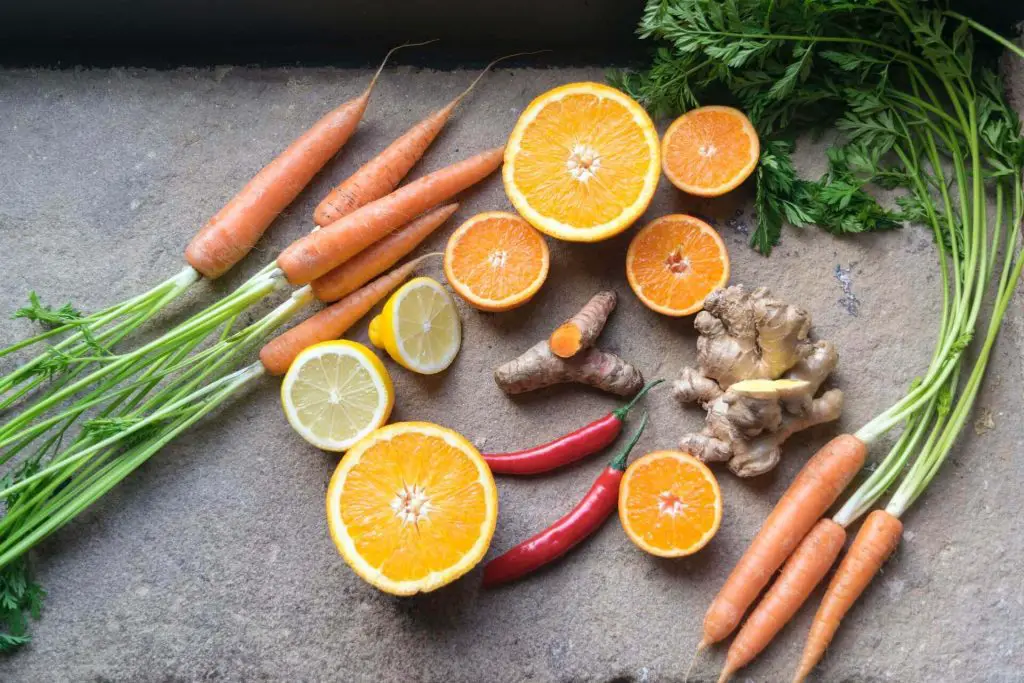



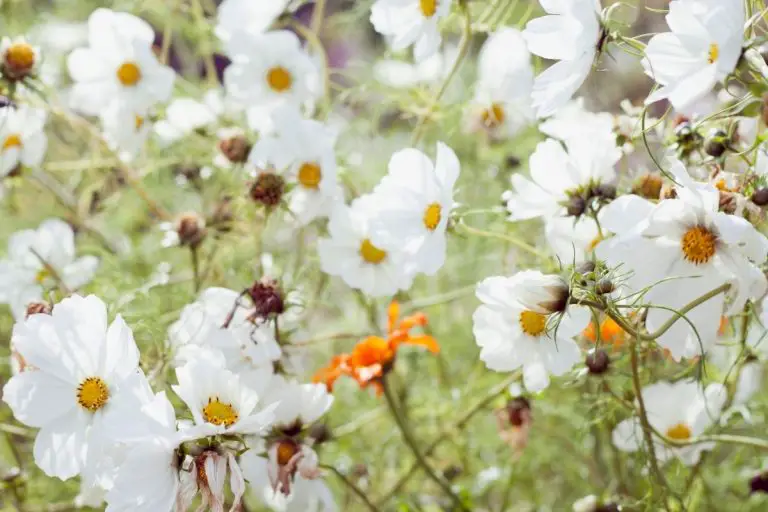
![Using Neem Oil For Tomatoes: The Ultimate Guide [2023]](https://aboveandbeyondgardening.com/wp-content/uploads/2022/10/neem-oil-for-tomatoes-1-768x512.jpg)
![How To Harvest Swiss Chard Without Killing The Plant [Exact Steps!]](https://aboveandbeyondgardening.com/wp-content/uploads/2022/10/how-to-harvest-swiss-chard-without-killing-the-plant-768x512.jpg)
![Growing Kale Indoors Hydroponically: A Step By Step Guide [2023]](https://aboveandbeyondgardening.com/wp-content/uploads/2022/10/Growing-Kale-Indoors-Hydroponically-1-768x512.jpg)
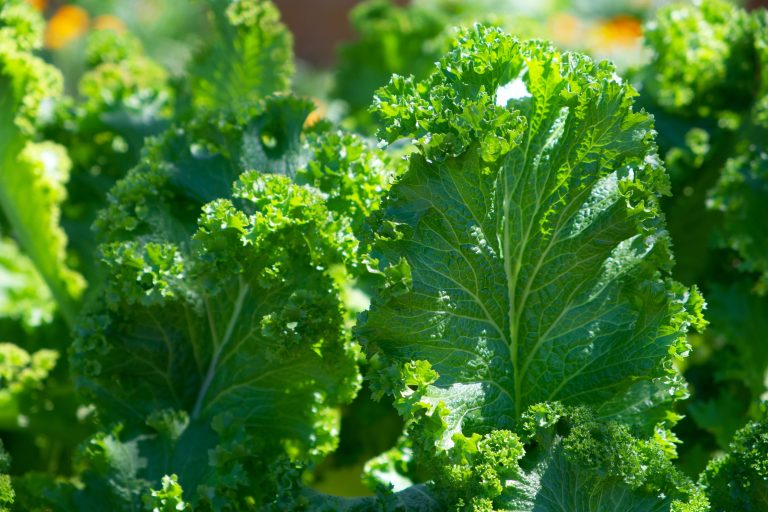
![Why Are The Leaves On My Plant Curling?[And How To Fix It!]](https://aboveandbeyondgardening.com/wp-content/uploads/2021/10/Why-are-the-leaves-on-my-plant-curling-768x502.jpg)